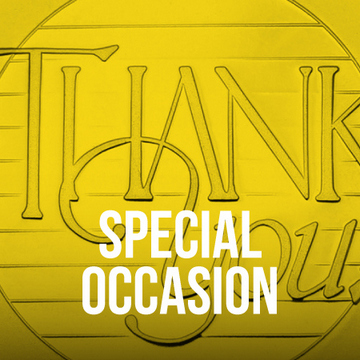
We always talk about rarity in this blog series featuring Whitman Publishing’s 100 Greatest United States coins. Of course that is a pre-determining factor when compiling a list such as this and we take our cues from author Jeff Garrett with input from Ron Guth. Out of all the coins in United States coinage history, considering mint marks, dates, denominations, mintages, and more, why would it not be a top factor when considering such a list?
However, it is certainly rare (pun intended) to come across a coin that is deemed “unique” rather than rare. That is exactly what our next coin in the series has been deemed not because of its low mintage, but because it happens to be the only known one in existence. That’s right, just ONE.
#65 - 1873-CC “No Arrows” Liberty Seated Dime
The “sole survivor” of a recorded mintage of just 12,400 is all that is said to exist for the 1873 “No Arrows” variety of the Liberty Seated dime produced from Carson City. The entire mintage of this variety was presumed to be melted down and turned into dimes with arrows placed on either side of the obverse date, but in 1873, a single coin survived to be sent to Philadelphia and placed under evaluation by the annual Assay Commission. No one knows why or how the single survivor of the series was saved but it was added to the National Numismatic Collection (called the Mint Cabinet back then) and forgotten about. That is, until 1909 when the coin reemerged from the shadows and became part of the largest coin trade to have ever existed.
Over the years, the coin has landed in the hands of a few notable collectors after its display at the 1914 American Numismatic Society. It was offered at an auction in 1950 as part of the Adolph Menjou Collection by Abe Kosoff. Around 46 years later, the 1873-CC “No Arrows” dime sold for $550,000. It sold again in auction in 2004 for $891,250 and then again in 2012 for $1,840,000.
With the obverse designed by Christian Gobrecht and the reverse designed by James B. Longacre, the historical value given to this coin in 1960 was $25,000. By this fourth edition Whitman Publishing publication that was printed in 2015, it reached $2,000,000.







